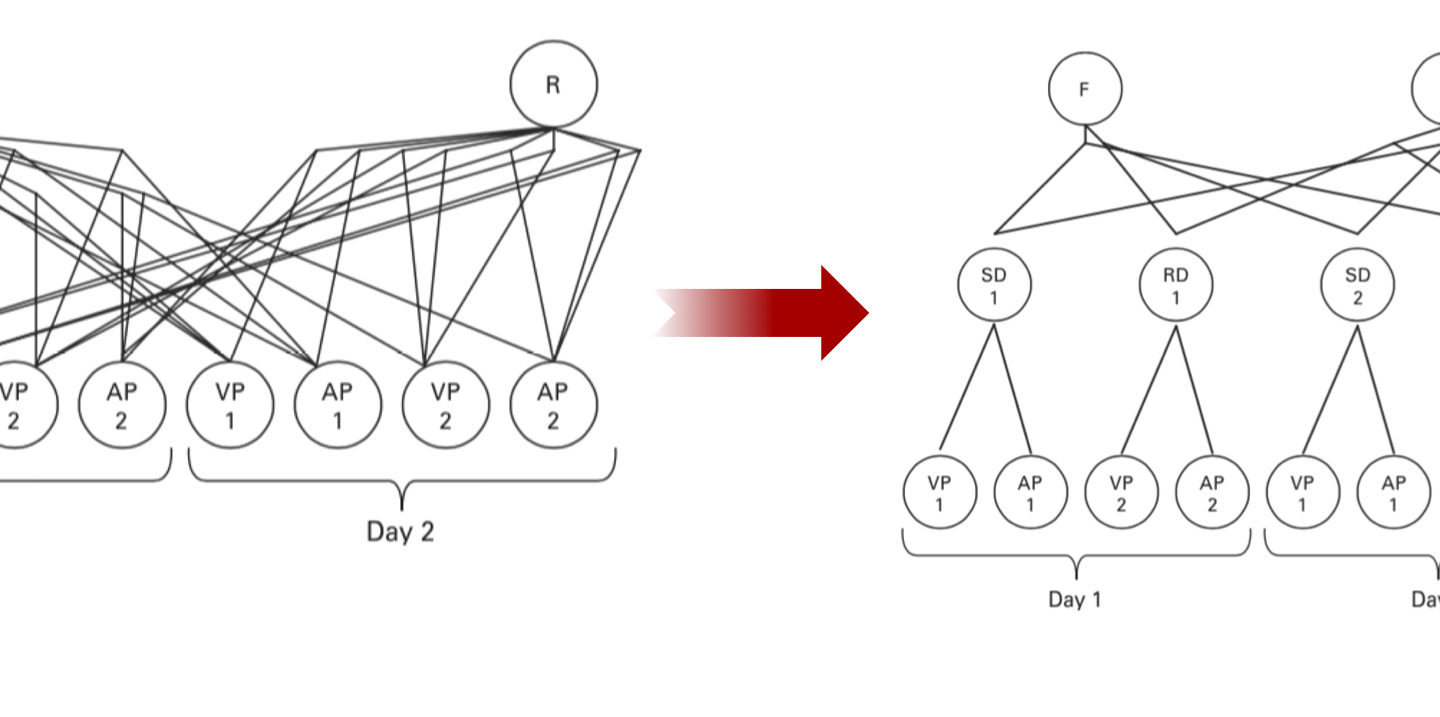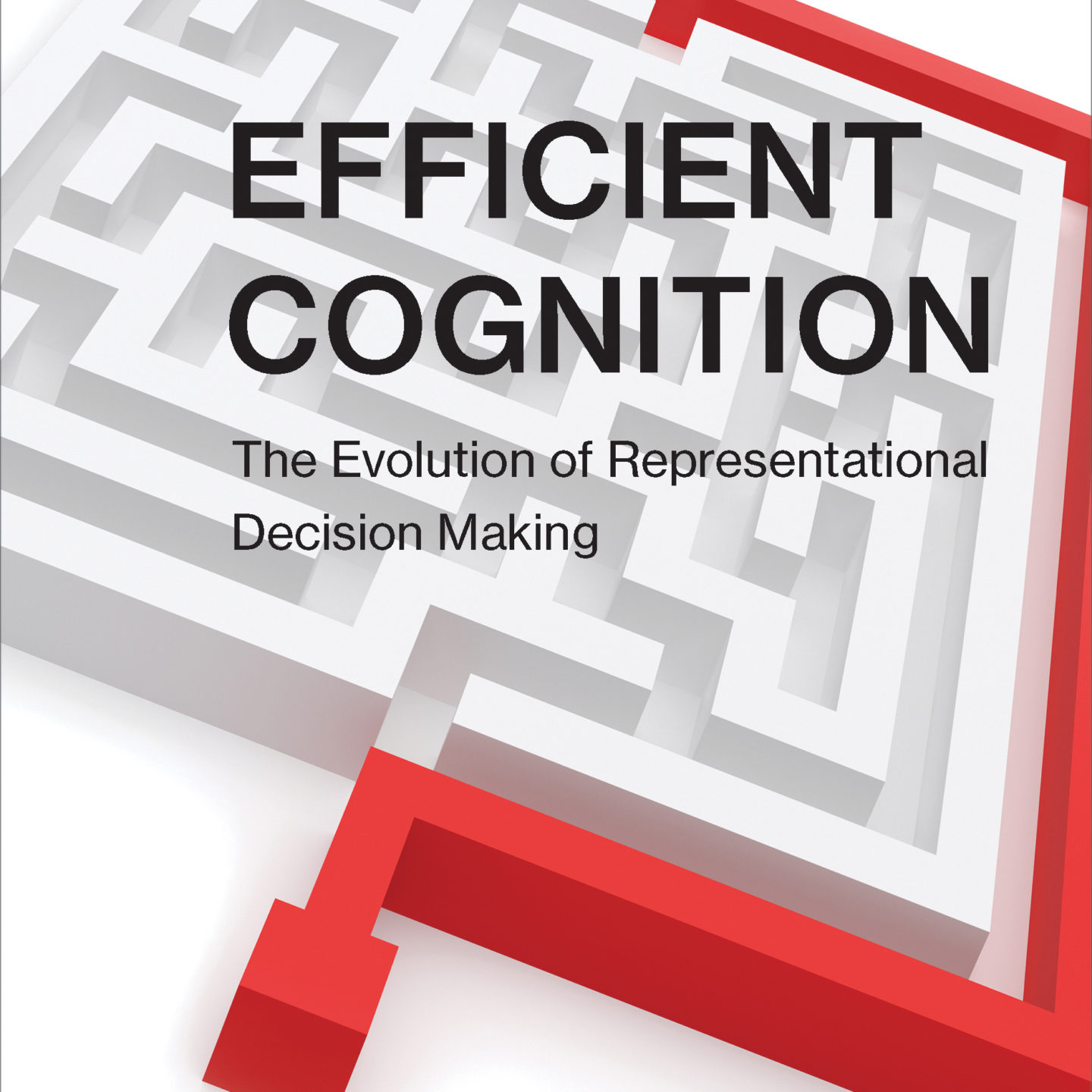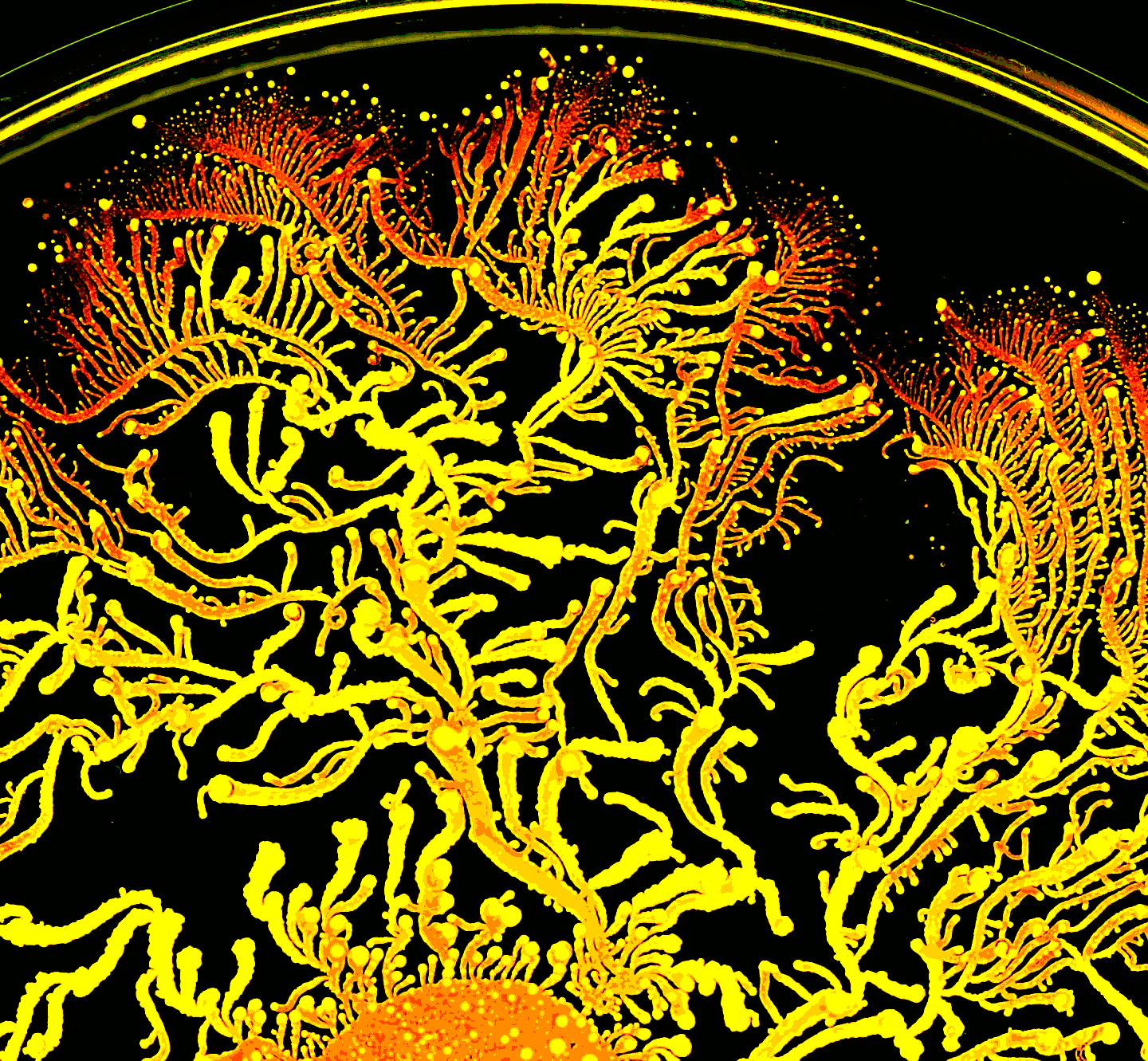Visual Space and the Perception / Cognition Divide
I want to thank John Schwenkler for inviting me to blog about my new book The Perception and Cognition of Visual Space (Palgrave, 2018). In this first post I outline the two major concerns of 3D vision: (1) inconstancy, and (2) inconsistency, and suggest that inconsistency can be avoided by …







